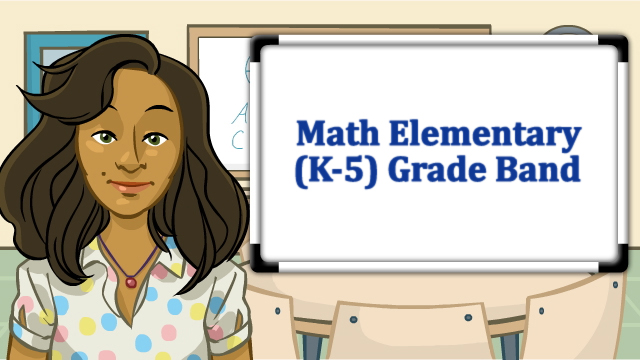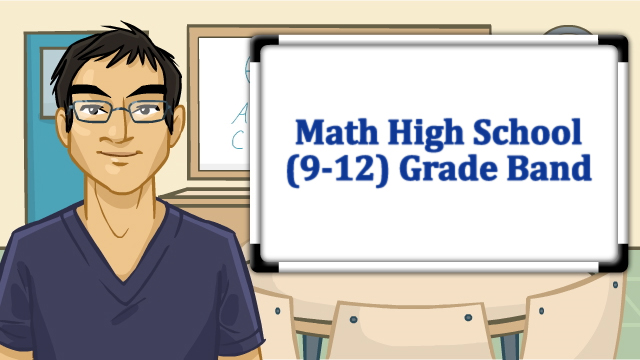Welcome to Modeling With Mathematics in the Classroom, a professional development initiative for elementary, middle and high school grade bands that focuses on Standard of Mathematical Practice 4, model with mathematics.
Why is focusing on modeling important? Watch this video for an explanation.
Each module is self-paced with content divided by grade band. You can select the grade band appropriate for you, or review all of them to expand your understanding even further. Each grade band includes a Welcome, Exploration, several Activity pages, and a Wrap Up.
To begin, review the module objectives below and then click on the appropriate grade band to begin the module.
Module Objectives
By the end of this module, you will be able to:
- Identify specific characteristics of what modeling looks like in a classroom within your grade band.
- Analyze Standard of Mathematical Practice 4 – Model with mathematics (written below) as stated in Maryland College and Career-Ready Standards (MCCRS).
- Build an understanding of instructional strategies that encourages students to use modeling.
- Experience how modeling will be assessed.
- Develop a plan for implementing modeling in your classroom.
- Consider how you would assess the effectiveness of your plan.
MCCRS.MATH.PRACTICE.MP4 Model with mathematics.opens in new window (Source: Common Core)
Mathematically proficient students can apply the mathematics they know to solve problems arising in everyday life, society, and the workplace. In early grades, this might be as simple as writing an addition equation to describe a situation. In middle grades, a student might apply proportional reasoning to plan a school event or analyze a problem in the community. By high school, a student might use geometry to solve a design problem or use a function to describe how one quantity of interest depends on another. Mathematically proficient students who can apply what they know are comfortable making assumptions and approximations to simplify a complicated situation, realizing that these may need revision later. They are able to identify important quantities in a practical situation and map their relationships using such tools as diagrams, two-way tables, graphs, flowcharts and formulas. They can analyze those relationships mathematically to draw conclusions. They routinely interpret their mathematical results in the context of the situation and reflect on whether the results make sense, possibly improving the model if it has not served its purpose.




